So many of us right now are connected by that common experience that is the pandemic. I seem to have had more conversations with other photographers this past 18 months than I would have had at any time in previous years. Most have been remote or on social media but in many ways we have connected in a more regular way than when we travelled the world before 2020.
I have used the time to dig back through my old photos and have found joy in many parts of the catalogue that I have passed over before. I hear the same stories from other photographers. I have also made a bit of a commitment to actually complete a few things. I have so many different projects part finished sitting here in the hard drives or hand written as notes.
One of my big promises to myself was that I would get some of my photos into books and I have been reasonably successful – not quite there yet but I am closer than I was 12 months ago. I often wonder what will happen to all my images when I am gone but a few wise heads have advised that by having printed works in some organised form will be appreciated by those left to sort it out as I float by.
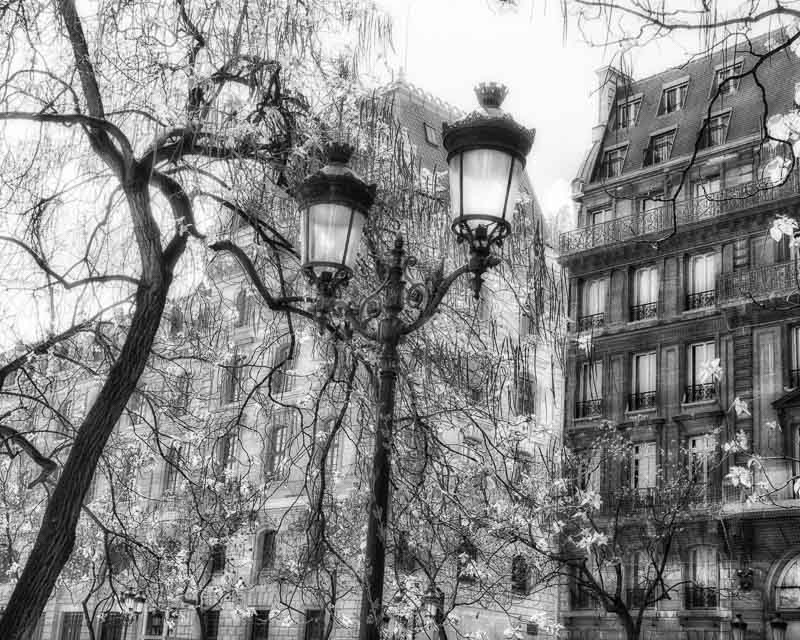
Hand made artists’ books are something I really enjoy seeing from other photographers. It was with this in mind that I pulled out my bookmaking kit. A few years ago I did several courses on Bookbinding and Bookmaking at a studio in Enmore. Rosemarie Jeffers-Palmer has retired from teaching now but her beautiful artist books can be seen here.
https://www.amazingpaper.com.au/shop/category/handmade-journals-and-notebooks
I also did a refresher with the NSW Bookbinders Guild last year. https://www.nswbookbinders.org
I was very rusty. With bookmaking you need to pay attention to a few vital elements for it to work. You don’t really need much in the way of tools and equipment although the more professional groups certainly have large presses and ample space to lay work out. I get by with a cutting mat, a stanley knife, a bone folder, a scalpel and some PVA. And a ruler – how could I forget. Accurate measuring is probably the most important key to making your ideas work.
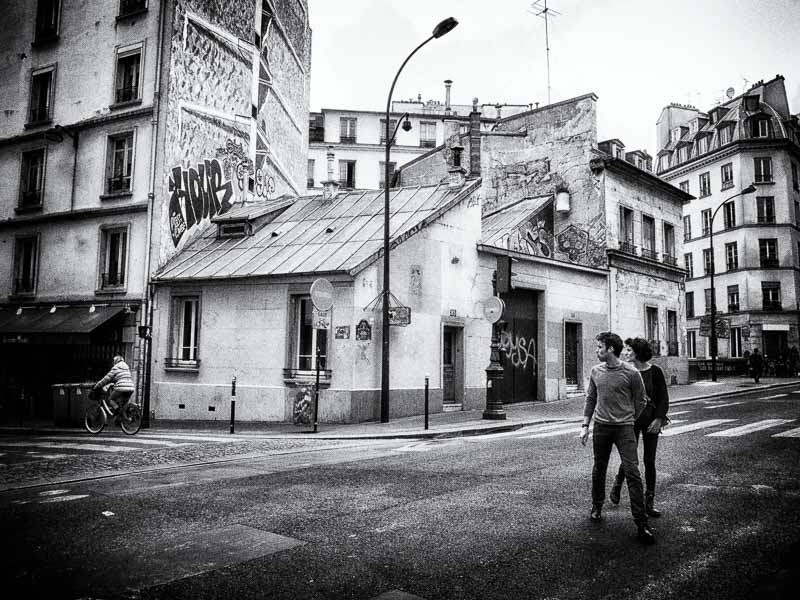
I think this time round, delving into artists’ books, I am attracted to the concertina or accordion book style that wasn’t of particular interest last time. I have also realised that sometimes it’s OK to put the work into making the book and then attaching the images. I had always held on to the idea that I should be able to design a print template to use with my images and then bind them. By working on the concept of attaching images once the book has been made, it removes some of the stress when I needed to make a printed page. So many small things can go wrong in printing the page and just a little error can waste that whole sheet of paper and ink.
In the concertina books I have been creating, I am printing the covers with one of my images on a matte fine art paper. I find I am a better artisan if I set some time aside and measure, cut and put together a few covers at the same time. They can be made in advance, pressed and dried under a heavy weight between baking paper sheets. I measure and cut the covers to size from boxboard so I have them ready in advance. I have been sticking to just two sizes for my templates. By doing so I remove another decision when I am working. It then means I can get out the PVA, the old glossy magazines I use for placing the work on to paste, my brushes, a damp rag and after about an hour or two I will have made several covers.
At a different time I set about measuring and cutting the papers I will use for my pages. It has resulted in me working in a more considered way and being present for the task at hand rather than rushing between two or three separate workstations. I make less errors. It also allows me to do a little creative daydreaming while I am working. I keep a notebook handy to jot down ideas.
Recently I have been using sheets from art books I pick up. I have favoured a soft white with a smooth texture and about 210gsm. These look good, cut well and fold beautifully. I noticed in some of my mock up concertina books that when I used a lighter paper (lower gsm) the booklet didn’t stand up well, sagging with the thinner pages. If I tried to use some heavier papers to fold, particularly if the paper was heavily textured, the resulting fold was dreadful.
My advice is to test the papers for their qualities of strength and foldability.
The image below is of my early mockup of some pages for a concertina book I was planning to make. By laying pages out and thinking a bit more about what I need to do next, I find I make far less mistakes.
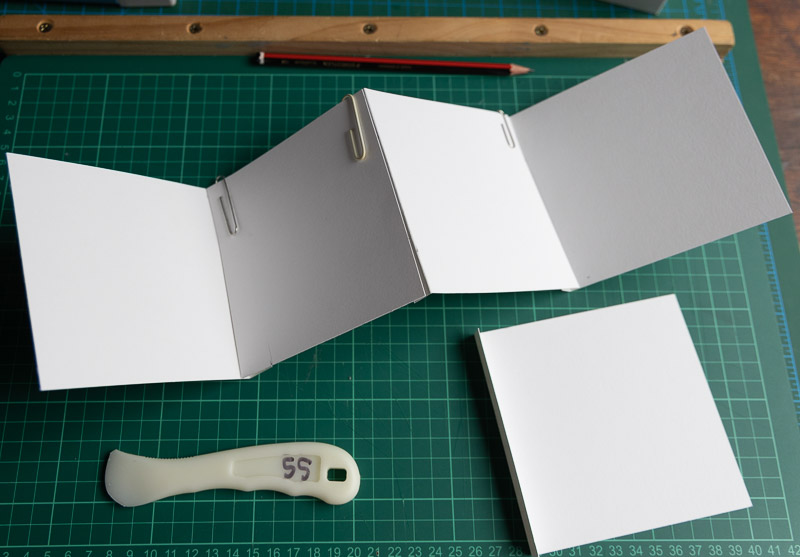
Photographers who create handmade books
- Michela Griffith https://www.michelagriffith.com
- Lizzie Shepherd https://www.lizzieshepherd.com
- Shona Grant https://www.shonagrantsart.com
- Marianthi Lainas https://marianthilainas.com
- Caroline Fraser https://www.carolinefraser.org/books.html
Reference Books that I use
- The Bookbinding Handbook – Sue Doggett – Search Press
- Handmade Books for Everyday Adventures – Erin Zamrzla – Roost Books
- Making Handmade Books 100+ Bindings – Alisa Golden – Lark Crafts
- Japanese Bookbinding – Kojiro Ikegami – Weatherhill
- How to Make Books – Esther K Smith – Potter Craft
- Biblioscapes is the best collection to view online for ideas about setout.
Where to find resources (Australia)
- Amazing Paper is great for good quality materials. (Sydney) https://www.amazingpaper.com.au
- TBB A good range of quality materials and tools. (Melbourne) https://traditionalbookbinding.com.au
- Anderson’s (Sydney) Another place to find materials and tools. https://bookbindingaustralia.com.au
For this post I have included a few images from a trip to Paris in 2014. It seems so long ago but I know I have never really resolved what to do with the images I took. I love many of them and they really need to be included in something I make. A small handmade book?? Or perhaps a series of small handmade books?? Now that is a thought.
A couple of my practice covers. I am improving but still work to do. The real evidence is available when I turn these little pieces over – that is when I can see if all my planning and attention to detail with my paste and paper works out. So for today, I will just enjoy the fact that I have not only cut some bookboard to size but I have managed to cover it in a photo I like.
This craft is truly addictive.



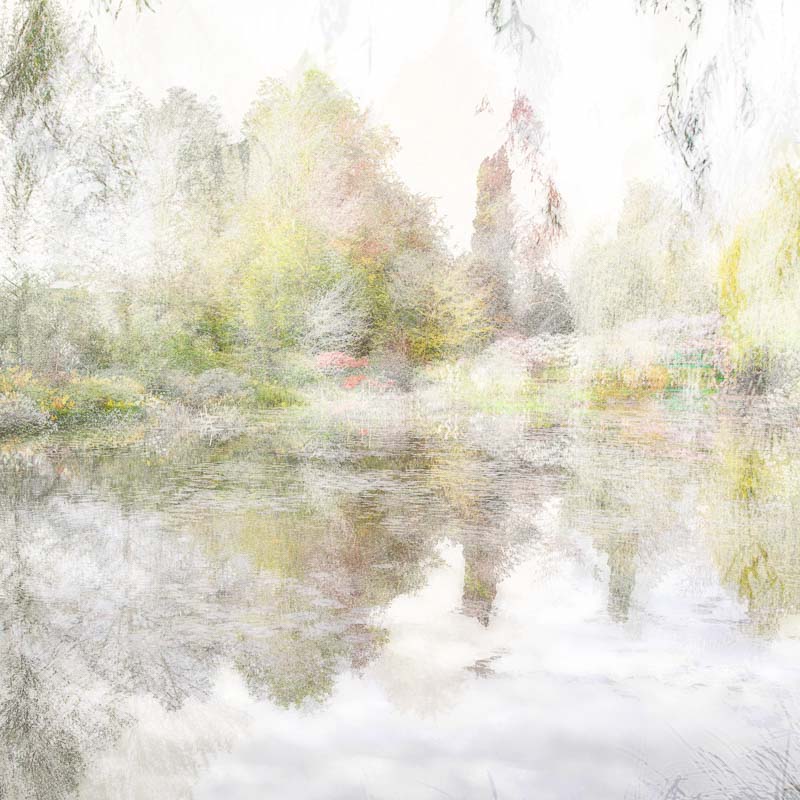
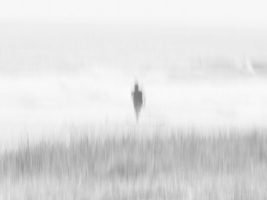
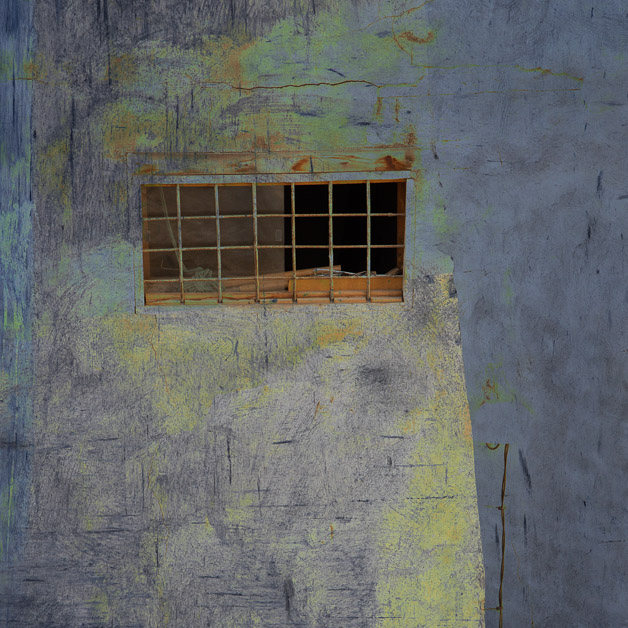
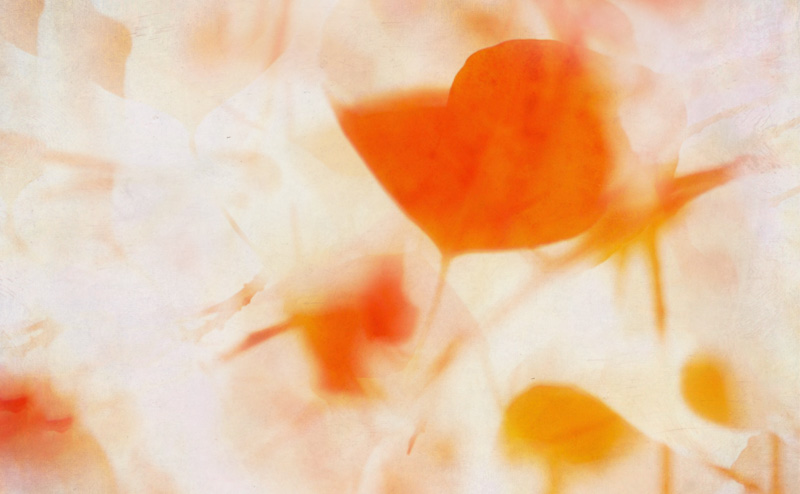
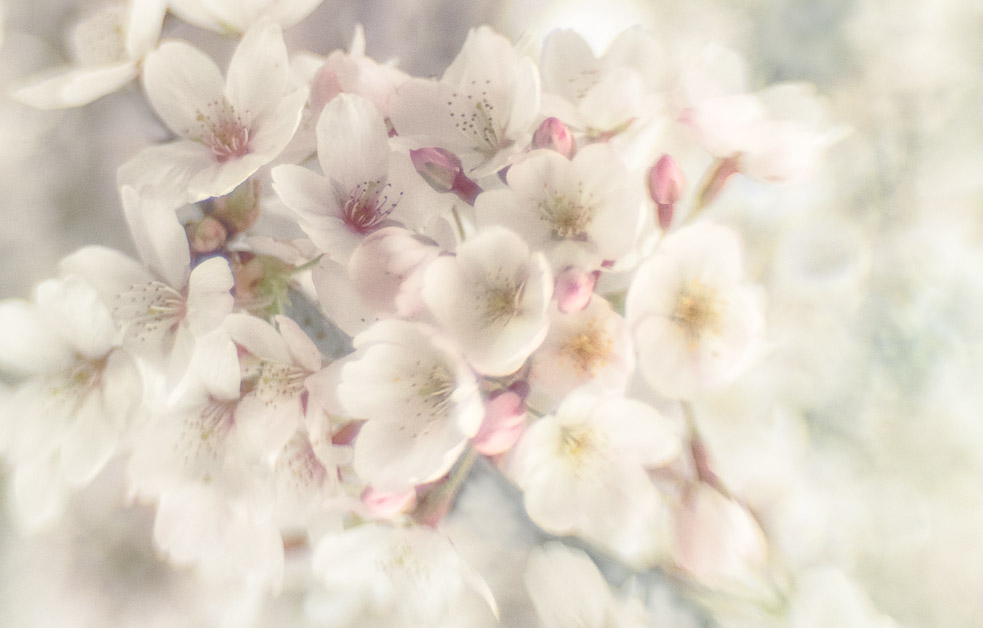

Leave A Comment
You must be logged in to post a comment.